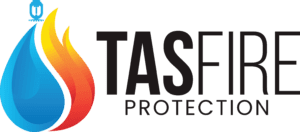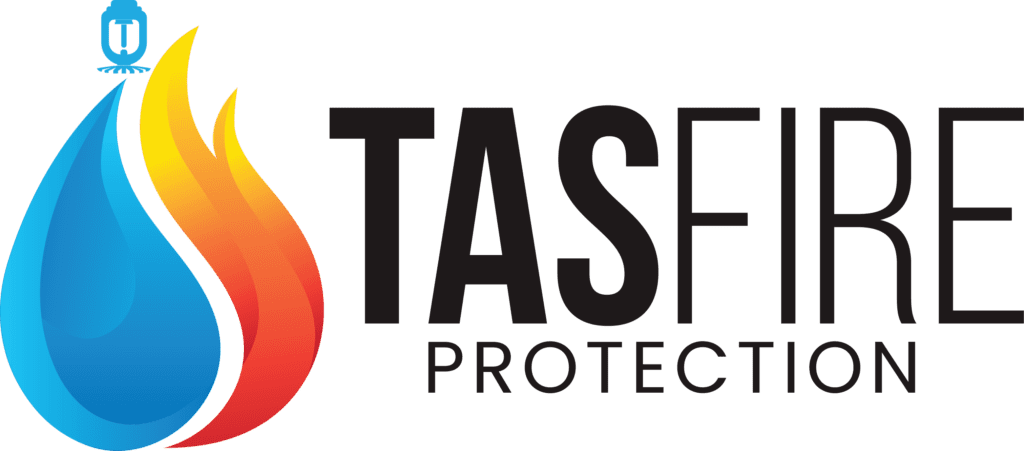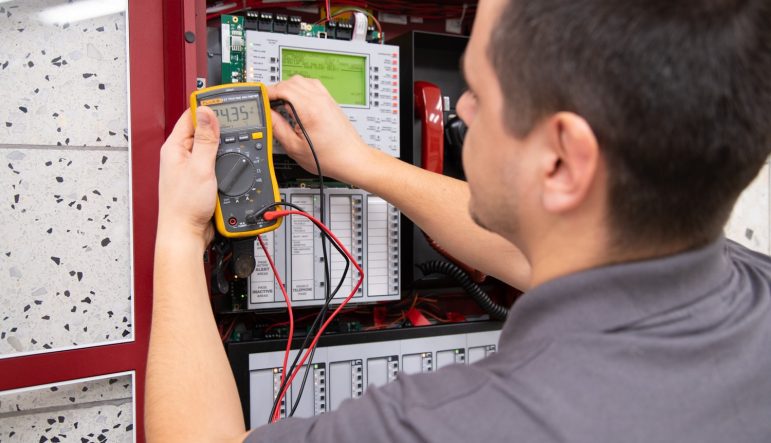How to Stay Compliant With Florida’s Fire Inspection Checklist…

Fire safety is a critical aspect of building and facility management, and conducting regular fire inspections is necessary to ensure occupants’ safety and property protection. The Florida Fire Prevention Code, like NFPA 1, NFPA 101, NFPA 13, and NFPA 72, are among the laws and codes that govern fire inspections in Florida.
The purpose of this fire inspection checklist is to provide a comprehensive guide for inspectors, building owners, and facility managers in Florida. This checklist is designed to assist in assessing and evaluating various fire safety aspects, including fire suppression systems, emergency exits, electrical systems, fire hazards, and compliance with the relevant fire prevention codes and standards.
Importance of Fire System Inspections
Just recall when you performed fire inspection services in your building last time. Usually, most of them install the fire protection system in the building properly, but they neglect to do the fire inspection regularly. Fire protection equipment like fire extinguishers, fire sprinklers, fire alarms, etc. has to be inspected periodically to meet an emergency situation. Here are listed the importance of fire system inspection:
- To save people’s lives: A malfunctioning fire protection system is worthless during a fire breakout. So regular inspection will help find the problem and resolve it at the earliest possible time. This will help save people’s lives.
- Reduces the risk of Fire: The foremost reason for regular fire inspection services is to ensure the safety of the people. Routine inspection helps check whether the fire protection system is active or not. False alarms will mislead the people, and this may lead to huge losses for the business.
- Compliance with the Fire Code: The NFPA (National Fire Protection Association) provides some standards to follow in fire inspection, testing, and maintenance. These codes are again specifically generated for regions and states. The codes specify when the fire inspection should be performed and what steps a safety officer has to follow. The building owners should pay penalties if they fail to follow the NFPA codes. So it is safe to work with the company if they follow NFPA codes.
- Reduce Insurance Costs: If a building follows NFPA codes, is properly maintained, undergoes routine inspections, and is maintained, then the insurance companies will definitely provide discounts and offers. Thus, the building owners can get the maximum benefit from potential threats and injuries.
A Comprehensive Fire Inspection Checklist
A fire inspection checklist is used to assess and evaluate fire safety measures in buildings and facilities in the state of Florida. This checklist is designed to ensure compliance with the Florida Fire Prevention Code, as well as other relevant codes and standards such as NFPA 1, NFPA 101, NFPA 13, NFPA 72, and local fire codes like the City of Orlando Fire Code, Chapter 24.
The fire inspection checklist covers a wide range of fire safety aspects, allowing inspectors, building owners, and facility managers to systematically assess and address potential fire hazards. The fire protection equipment inspection checklist leads the safety officers to do the inspections properly. Since the checklist has all the actions to be performed for smoke detectors, fire alarms, and fire extinguishers, this will be easy for maintenance and inspections too.
Here are the fire prevention codes by NFPA:
- Florida Fire Prevention Code, 2010 Edition:
- NFPA 1, Uniform Fire Code, Florida 2010 Edition
- NFPA 101, Life Safety Code, Florida 2010 Edition
- NFPA 13, 2007 edition
- NFPA 72, 2007 edition
- City of Orlando Fire Code, Chapter 24
Florida Fire Prevention Code
As per Chapter 633.202 of the Florida Statutes, the State Fire Marshal must adopt the Florida Fire Prevention Code every three years. Each municipality and special fire district in the state has a local fire official who is responsible for enforcing this extensive set of fire code requirements. The municipality and special district where you reside may have specific local amendments that apply only to your community.
Significance of the Fire Prevention Code in Fire Inspection
The fire prevention code plays a crucial role in fire inspections by providing a set of regulations and guidelines to ensure the safety of buildings and property. This code serves as a guide to following fire prevention measures and fire protection systems.
The significance of the fire prevention code is given below:
- Safety Compliance: The fire prevention code establishes essential safety measures and practices that must be followed in buildings and facilities.
- Risk Reduction: By following the fire prevention code, the risk of fire incidents and their potential consequences can be significantly reduced.
- Life and Property Protection: The fire prevention code mandates following all the codes, thus protecting the lives and property of the people.
- Legal Compliance: Building owners, facility managers, and residents must all abide by the fire prevention code because it is a legally binding document. Fire inspections help ensure that individuals and organisations are meeting their legal obligations by adhering to the code’s requirements.
- Upgradation in Fire Protection: The fire prevention code is regularly updated and revised to incorporate new research, technologies, and best practices in fire safety.
Pre-fire Inspection Checklist
A pre-fire inspection checklist is a valuable tool used to ensure that a building or facility is adequately prepared for a fire inspection. This checklist is designed to assist building owners, facility managers, and occupants in identifying and addressing potential fire safety hazards and deficiencies before the actual inspection takes place.
The pre-fire inspection checklist covers various aspects related to fire safety and prevention, including:
- Documentation Review
- Inspect and test fire suppression systems, such as sprinkler systems and fire extinguishers, to verify their proper functioning.
- Ensure that all emergency exits are easily accessible.
- Inspect electrical panels, wiring, and equipment for any signs of damage or potential hazards.
- Perform mock tests periodically to ensure the fire protection system works correctly.
- Inspect fire extinguishers to ensure they are easily accessible, properly charged, and within their recommended inspection dates.
- Ensure that the building is clean and well-maintained to remove accumulated debris.
After the pre-fire inspection, the next task is to get a fire inspection certificate.
Fire Inspection Certificate
In order to obtain a fire safety inspection certificate, it is necessary to organize your documents related to an insurance policy, occupancy documents, and other building documents.
Once you have assembled all the necessary paperwork, contact the inspector and inquire about any additional documents they may require for the inspection. The inspector will inform you if there are any further requirements. They might also request evidence of compliance with safety regulations, such as the existence of an evacuation plan.
Record-keeping and Documentation
When it comes to storing documentation, it is recommended to keep fire alarm reports in a securely locked documentation cabinet located near the system itself.
This practice reduces the risk of misplacing printed documents as these items should be stored together. Although documentation cabinets typically house fire alarm service reports, they can also accommodate service reports for any fire protection system.
For most fire protection systems, facility managers should maintain records of the original acceptance test documents, maintenance manuals, and manufacturer’s datasheets throughout the system’s lifespan. Storing these documents in a dedicated documentation cabinet is the most effective method of organisation and retrieval. Ensure whether the fire protection company follows the NFPA service report form or not.
Ensure the Safety and Compliance of Your Building with Tas Fire
The Fire Inspection Checklist is inevitable to ensure the safety and compliance of buildings and facilities with fire safety regulations. The NFPA checklist covers various aspects, including fire protection systems, storage of flammable materials, and overall fire safety procedures.
The checklist also promotes consistency and uniformity in fire inspections throughout Florida, as it provides a framework for inspectors to follow. The NFPA checklist serves as an informational tool for building owners and occupants to familiarize themselves with emergency requirements.
Contact Us (905-870-7779) for a Free Consultation!
—

About TAS Fire Protection
TAS Fire Protection offers comprehensive and cutting-edge fire, security, and electrical services to clients with residential, commercial, industrial, or high-rise properties. Our team of highly skilled professionals has years of experience in installing, maintaining, and inspecting fire, security, and electrical systems and equipment.
> Learn More

